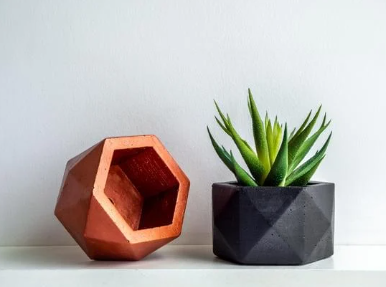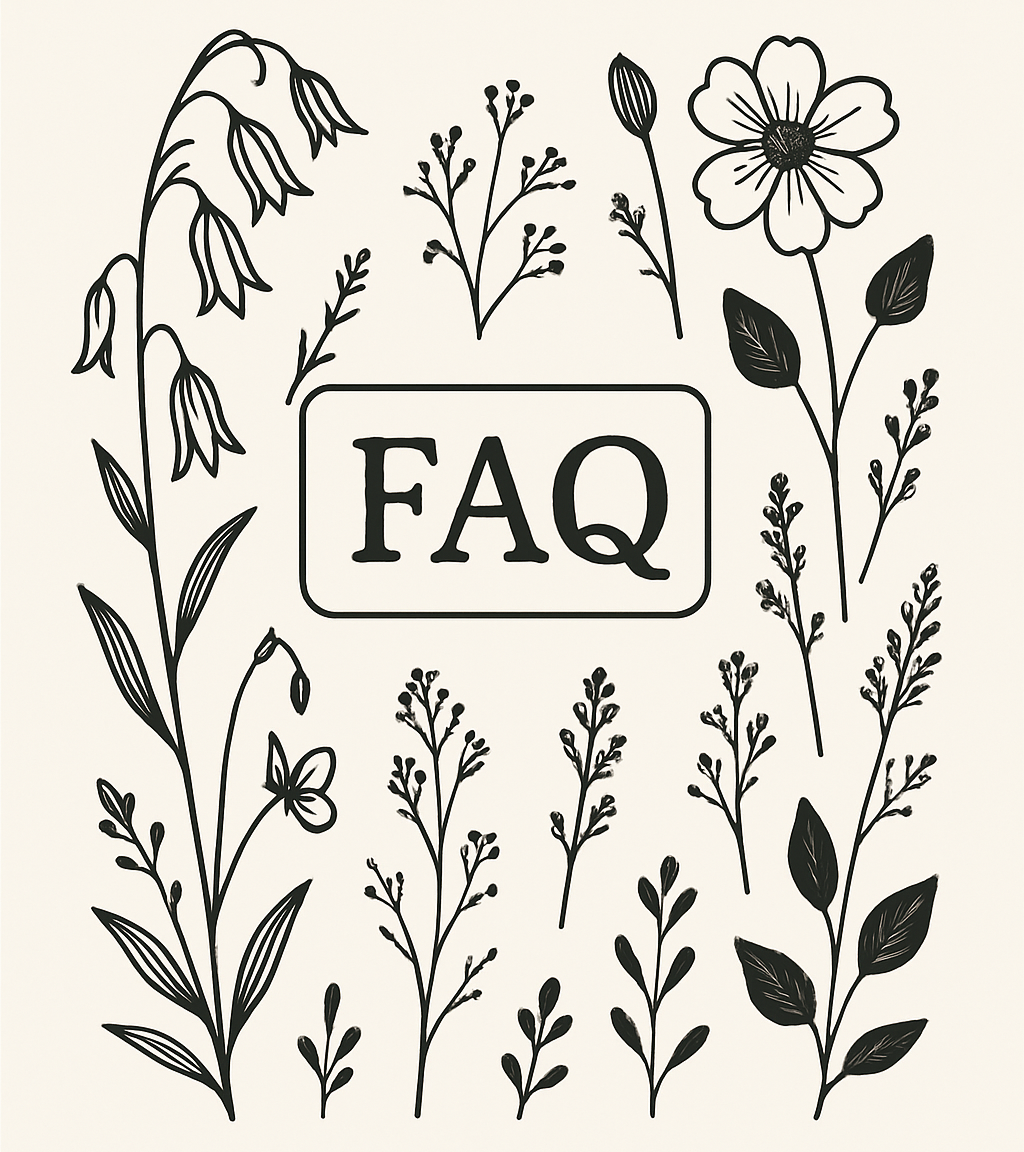What Are These Planters Made Of?
Fiber Clay is made by blending clay with a fibrous reinforcing material which is typically fiberglass or another synthetic fiber by molding it into shape. The goal is to achieve the natural look of ceramic or terracotta with less weight.
Fiber Stone uses a similar concept, combining crushed natural stone with fiberglass or resin to mimic the appearance of solid stone. While both materials look great at first glance, their structural weaknesses become apparent over time.
Fiberglass Planters are made from woven glass fibers layered with a high-strength resin. This creates a lightweight yet incredibly durable material that can be molded into a wide variety of shapes and finished to look like almost any other surface such asstone, concrete, metal, or even wood.
The Challenges with Fiberclay and Fiberstone

- Fragility and Cracking
Fiber clay and fiber stone planters are made by combining natural materials like clay or crushed stone with fiberglass or resin binders. While this makes them lightweight and initially appealing, it also makes them brittle. These planters are especially vulnerable to:
- Cracking in cold climates due to freeze-thaw cycles
- Chipping from impact, even light knocks or bumps
- Surface erosion, especially when exposed to heavy rain or constant sun
- Moisture Absorption
These materials tend to absorb water over time, which not only makes them heavier but can also lead to internal cracking. Moisture retention within the material can cause swelling, warping, and eventual structural failure—especially in regions with heavy rainfall or high humidity.
- Short Lifespan
While fiber clay and fiber stone may look beautiful when first purchased, their aesthetic appeal and structural integrity often degrade within a few seasons. Paint peels, finishes fade, and the material can begin to crumble—meaning you’ll be replacing them far sooner than you’d like. Many manufacturers suggest resealing these planters as often as yearly to protect from moisture, UV Rays and chemicals in the soil such as fertilizers.
Why Fiberglass Planters Outperform
- Superior Durability
Fiberglass is naturally weather-resistant. It doesn’t crack or chip easily and is impervious to rust, mold, and rot. It holds up in freezing temperatures, scorching sun, high winds—you name it.
- Lightweight but Strong
Despite their strength, fiberglass planters are incredibly lightweight, making them easier to move and install. This is especially beneficial for rooftop gardens, balconies, and commercial installations where structural load is a concern.
- Low Maintenance
Fiberglass planters don’t absorb water, so there’s no risk of swelling or internal damage. Their finishes are baked in, meaning they don’t peel or fade easily, and they’re easy to clean with just a damp cloth.
- Long-Term Value
While fiberglass planters may come with a higher upfront cost, they more than make up for it with their longevity. You won’t have to replace them every few years like you would with fiber clay or fiber stone—making them the more economical choice in the long run.
Final Thoughts


Frequently Asked Questions
Q: Why do fiber clay and fiber stone planters crack or break so easily?
A: These materials are porous and often brittle, especially when exposed to freeze-thaw cycles or consistent moisture. Over time, this can cause them to absorb water, swell, and develop cracks or chips even under mild impact.
Q: Are fiberglass planters suitable for outdoor use year-round?
A: Yes. Fiberglass planters are engineered to handle all weather conditions, including freezing temperatures, heavy rain, and intense UV exposure. They won’t crack, fade, or warp like fiber-based alternatives.
Q: Are fiberglass planters worth the higher cost?
A: Absolutely. While the upfront investment is higher, fiberglass planters have a significantly longer lifespan, require less maintenance, and won’t need to be replaced as frequently. Cost per year is much lower making them more cost-effective in the long run.
Q: Do fiberglass planters look as good as fiber stone or clay options?
A: Yes. Fiberglass planters can be finished to mimic concrete, stone, metal, or ceramic, allowing for a high-end appearance with added strength and flexibility in design.
